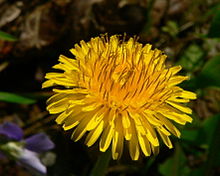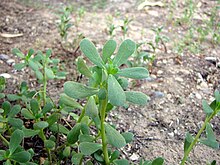Weeds are unwelcome guests in a Colorado Springs yard. Wild weeds can transform an idyllic green space into a gardener’s nightmare. Due to Colorado Springs’ unpredictable spring and summer weather patterns, weeds can sometimes gain the upper hand, robbing your plants of water, nutrients, and other resources. Certain weed species can quickly overtake an entire yard quickly, so it’s important to tame these invaders before your garden beds suffer the consequences.
Understanding Colorado’s Weather and Its Impact on Weeds
The unpredictable climate of Colorado Springs – with its warm, dry summers and cold winters – provides an excellent breeding ground for weeds. Fluctuating temperatures, sporadic rain showers, and variations in humidity can inadvertently give some weeds a growth advantage. A sudden rainstorm following a dry period can spur rapid weed growth. This unpredictability necessitates proactive, season-adapting weed control strategies.
Best Prevention Practices for Weed Control
You’ll need to be proactive to protect your beloved flower beds, vegetable gardens, ornamental shrubs, and lush lawns against resource-robbing wild weeds. Proactive prevention remains the best strategy against weed invasion.
- Soil Preparation: Begin with a well-prepared garden bed. Turn the soil regularly, allowing it to breathe and disrupt budding weed growth.
- Mulching: A proper layer of mulch (no more than 2 inches) around your plants keeps the soil warmer and moister while preventing weed growth. A sufficient layer of mulch will prevent soil from receiving sunlight and weeds from sprouting. If you use organic mulch, make sure it contains no weed seeds.
- Plant Local Natives: Plants native to Colorado or those suited to its semi-arid conditions can outcompete common garden weeds. By carefully spacing these plants, you reduce spaces for weeds to flourish.
- Prevent Weeds with Pre-Emergent: A pre-emergent herbicide is a weed control product used to prevent the germination and growth of weed seeds before they emerge from the soil. Unlike post-emergent herbicides, which are applied to actively growing weeds, pre-emergent herbicides are applied to the soil prior to weed seed germination.
Control Methods for Tackling Existing Weeds
If you didn’t get a chance to take preventive weed control measures, don’t despair. You can still protect your Colorado Springs garden beds against existing weeds using the following weed control methods:
- Hand-pulling: Hand-pulling weeds is a classic method for a reason. Hand pulling can be effective so long as you ensure you pull out all the roots to prevent regrowth and pull before flowering.
- Mowing: Mowing can help to limit seed production. Mowing must be done when flower heads are produced, which happens around April for winter and in the summer months for summer annuals.
- Post-emergent Herbicides: Post-emergent herbicides will kill weeds actively growing when the herbicides are applied. Some post-emergent herbicides, such as 2,4-D, and dicamba, offer broadleaf weed control without harming lawngrass. Others will kill any plant they encounter, including your lawn. Be sure to understand your herbicide or bring in a lawn and garden professional to protect your lawns, garden beds, and ornamental shrubs.
Common Garden Weeds in Colorado and How to Control Them
Several weeds are notorious invaders of Colorado Springs gardens. Some of the more common Colorado weeds you may find invading your yard and garden include:
- Colorado Tumbleweed
- Bindweed
- Vineweed
- Henbit
- Dandelions
- Lamb’s Quarters
- Quackgrass
- Flixweed
- Purslane
- Prickly Lettuce
- Creeping Thistle
- Sow Thistle
Here’s how to identify and address some of the biggest threats to your garden.
Field Bindweed: Convolvulaceae Convulvus Arvensis
Often mistaken for Morning Glory, Field Bindweed is a flowering weed that refuses to give up. Its relentless nature, sprouting from both seeds and resilient roots, makes it a gardener’s nightmare. (They’re also classified as a Noxious Weed for Colorado.)
How to Control Field Bindweed
- Incorporate landscape fabric in high-risk zones.
- Mulch aggressively around the problematic areas.
- Consistent hand weeding can eventually exhaust the plant.
- Total vegetation killer might be effective but use cautiously as it can take out every plant it touches.
Dandelions: Asteraceae Taraxacum Verbascum
The dandelion may delight children and make an edible addition to a forager’s kitchen, but it’s an unwelcome guest in the garden.
How to Control Dandelions
- Mow higher to block their sun.
- Deploy pre-emergent pesticides (avoid eating if sprayed).
- Adjust soil pH levels to a more alkaline state.
- Dig deep with a trowel to tackle their tap roots.
Quackgrass: Poaceae Elytrigia Repens
With its uncanny resemblance to other grasses, quackgrass will test a gardener’s patience with its deep rooting system that quickly spreads across a lawn. (Quackgrass is on the Noxious Weed list for Colorado.)
How to Control Quackgrass
- Use non-selective herbicides to target growth, followed by reseeding.
- Opt for higher mowing settings.
- Nurture a lush, robust lawn to discourage seeding.
- Regularly apply nitrogen-based fertilizers.
Purslane: Portulacaceae Portulaca Oleracea
Purslane is a health-promoting edible weed. It might offer health benefits, but it’s a relentless garden adversary. One plant has the potential to produce over 200,000 seeds and quickly overtake your garden.
How to Control Purslane
- Hand-weed young plants.
- Double-bag plants after weeding to prevent reseeding.
- Mulch heavily or use landscape fabric.
- Young plants might be vulnerable to herbicides, but it’s not as effective on hardier mature purslane.
Maintenance and Long-term Strategies for Weed Control
The best prevention and control for weeds is maintaining a healthy Colorado Springs landscape with limited bare soil. When you have a properly maintained, lush lawn and healthy ornamental plants surrounded with mulch, weeds don’t gain an advantage.
Keep weeds at bay with these three steps:
- Prevention: stay vigilant with prevention practices such as mulching and mowing. Healthy lawns and ornamental plants will help resist weed growth.
- Manual Control: manually remove weeds by hand at the first sign of weed growth. (This is also known as cultural control.)
- Chemical Herbicides: pre-emergent herbicides can prevent weed growth, while post-emergent herbicides can address actively growing weeds. Be sure you understand which herbicides you are using and whether you’ve selected one that will selectively kill weeds or blanket-kill everything it touches, including your lawn.
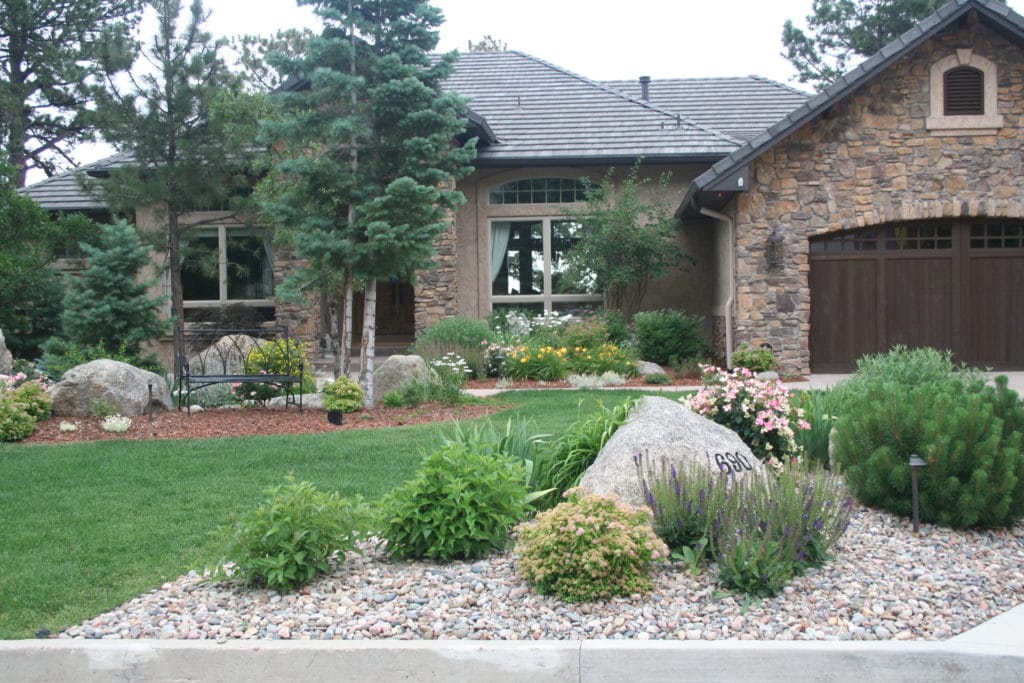
A beautiful Colorado Springs garden requires proactive prevention, vigilant maintenance, and adapting strategies tailored to the area’s unique climate. While weeds can grow freely in the local climate, a weed-free garden is more than achievable. Should you find the battle against weeds challenging, local experts, like those at JRick Lawn and Tree, are ready to assist with bed weed control services. Don’t lose the battle against invasive weeds; your lawn and garden deserves the best care possible.
Other Great Articles about Lawn Care Trips
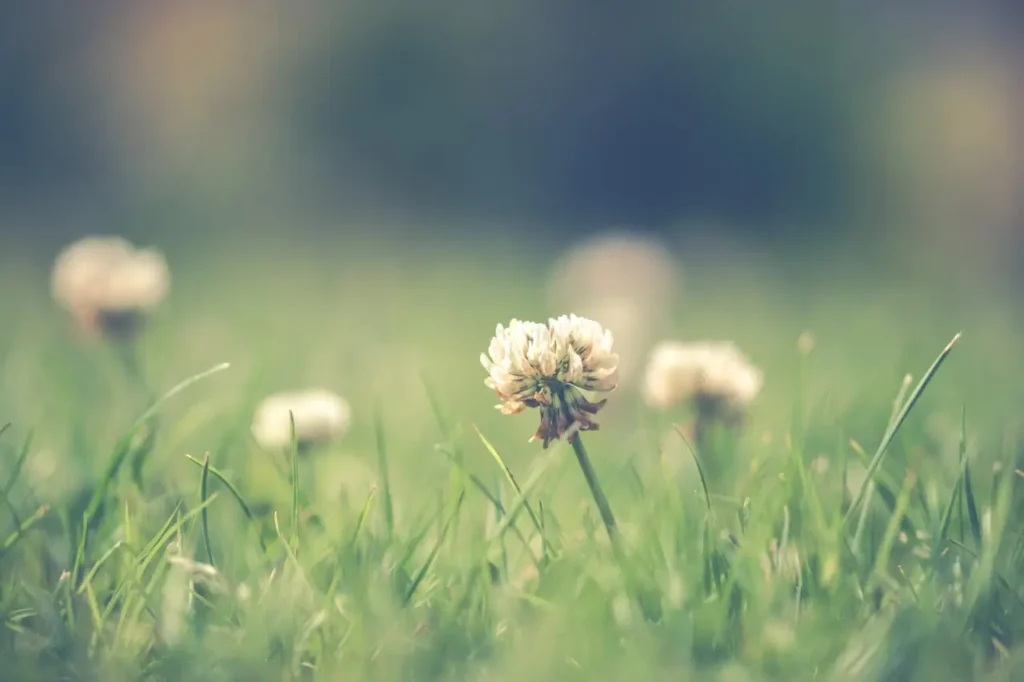
Understanding How Pre-Emergent & Post-Emergent Weed Control Products Work
Weeds can be the bane of any homeowner’s lawn, especially in central Colorado. If you’re battling these pesky intruders, understanding the differences between the various weed control products available can be daunting. That’s why we’re going to explain the two main types of weed management products, pre-emergent and post-emergent herbicides. As you read on, you’ll…
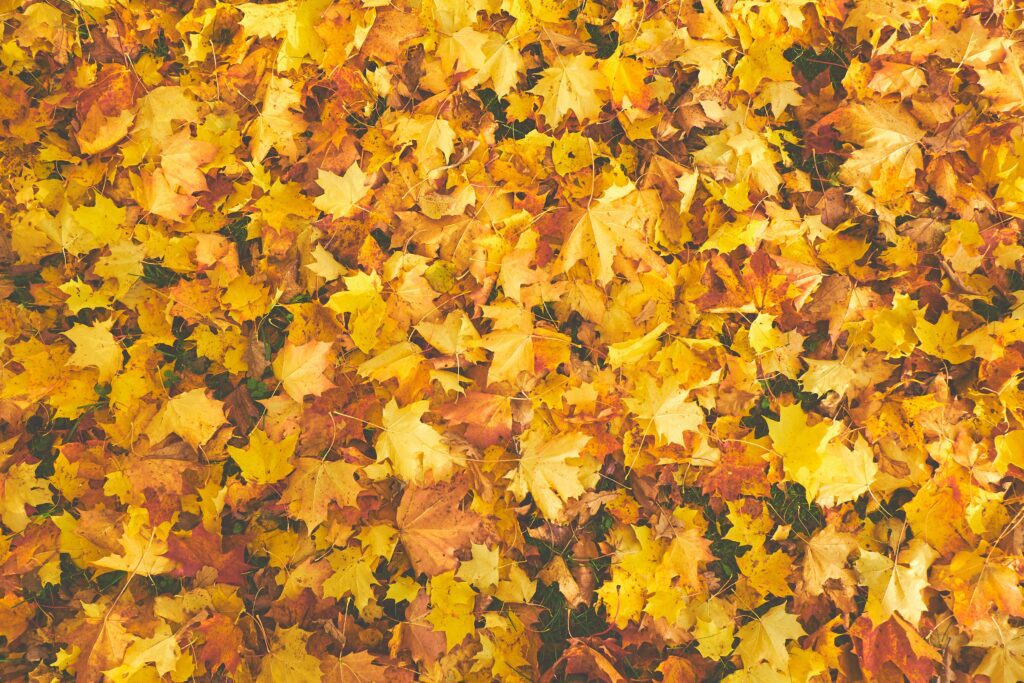
The Complete Guide to Fall Lawn Care: Best Practices for Preparing Your Lawn for Winter
Is this your first fall as a Colorado Springs homeowner? Whether you’re ready to winterize your lawn for the first time or simply need a fall lawn care refresher for the home you’ve lived in for years, these essential lawn care basics will help you transition your lawn from the summer season to winter. Fall…
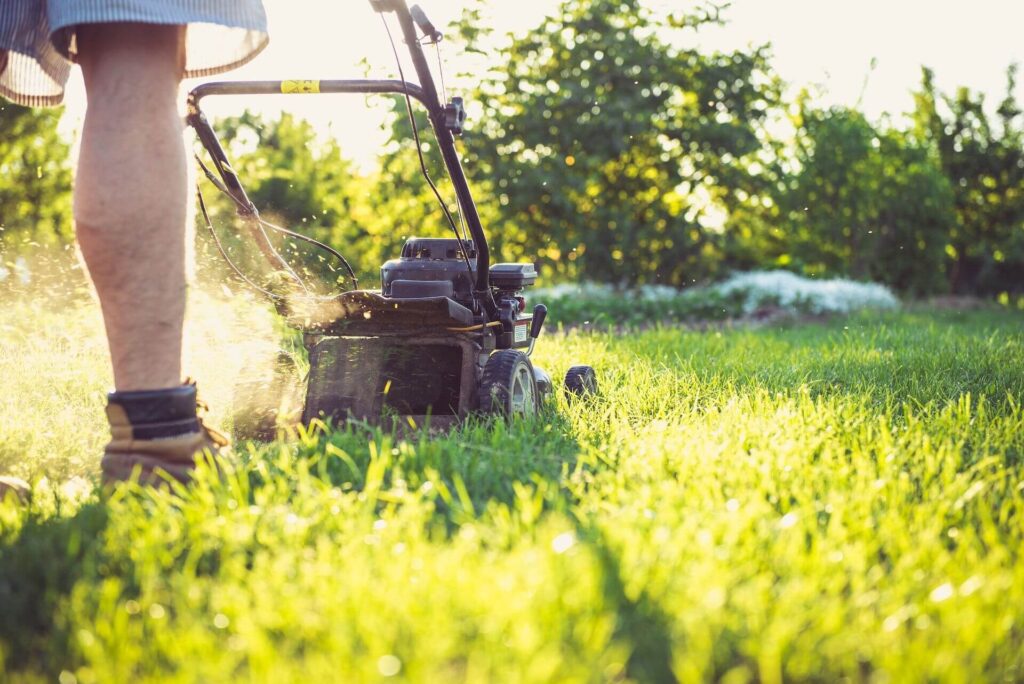
The Complete Guide to Lawn Mowing + Lawn Mowing Tips for Colorado Springs Homeowners
Mowing your Colorado Springs lawn is more than a weekend chore; it’s essential to keeping your green space healthy and attractive. You may think the only purpose of mowing is to keep your grass from getting unruly. However, your mowing practice can actually help increase your lawn’s density and encourage deep root growth, two factors…


